Awareness
by Bob Buddemeier
Of what, by whom, why —??? If you have been watching Channel 900, you have probably seen the creative work of RVM’s *ALL**STAR* theatrical team of Eric Poppick and Jane Harris, produced by impresario Sarah Karnatz. And if you haven’t, here is your Big Chance: CLICK HERE. And if you recalcitrantly refuse to avail yourself of this highly informative and entertaining opportunity – here’s the spoiler.
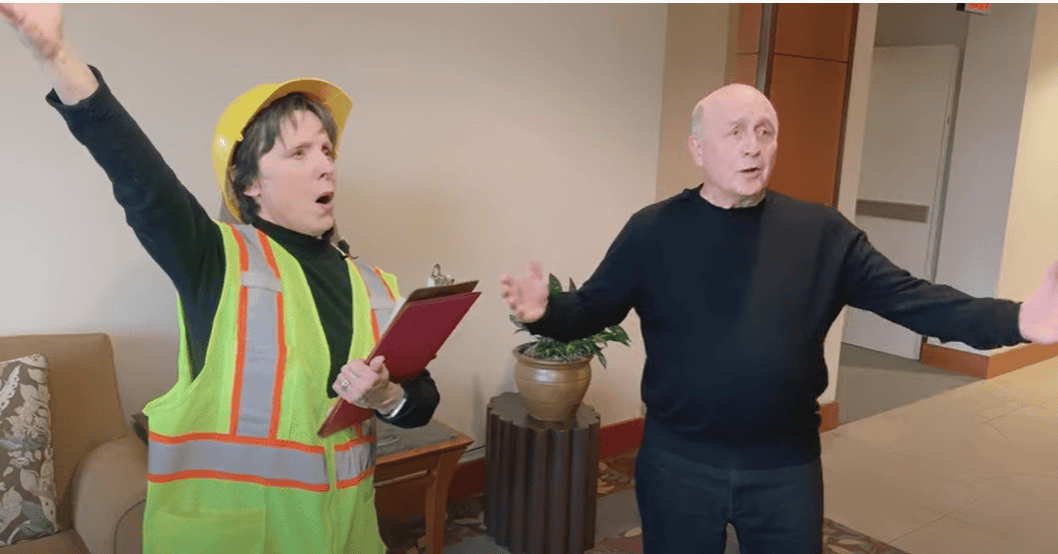
Jane and Eric celebrate the salvation of RVM
It’s about Emergency Preparedness, which is something you need to do to save your posterior and other valued anatomical parts from the next wildfire, storm, pandemic, or (gasp, shudder) subduction zone earthquake. It’s also about the Residents Preparedness Group, an intrepid band of dedicated volunteers who have accepted the very considerable challenge of convincing—and helping – you to GET PREPARED.
And the reason is that, over time, people become forgetful, complacent, and disorganized. Don’t deny it. So the RPG, in collusion with RVM, has instituted a semiannual cycle of reminder events, Spring and Fall. The recently Spring event (to view the tasteful and stimulating miniposters, CLICK HERE), included an outreach effort in which our RPG Neighborhood and Floor Coordinators sought out every locatable resident. Objective: to distribute a handout explaining the RVM emergency communication channels, and the roles of RPG. If you have already misplaced your locally personalized copy you can still obtain the generic version (CLICK HERE).
Another limited but more intensive activity involved selected Cottage Area and Tower Floor Coordinators fanning out in a simulated power outage exercise to practice assessment and radio communication skills.
In addition to these efforts that put volunteers in yellow-green vests onto the streets and hallways, two semi-coincidental developments have greatly expanded the Preparedness information available to residents. Under the direction of Dan Curtis (RPG Communication Lead), the RPG entry on the Resident Groups and Activities page of MyRVM has had a major expansion. You can use it to identify your RPG Coordinator, or find contact information for any of the RPG volunteers. There is also basic information about RPG, and about the training programs. Dan says that the site is usable now, but that development and refinement are still in progress.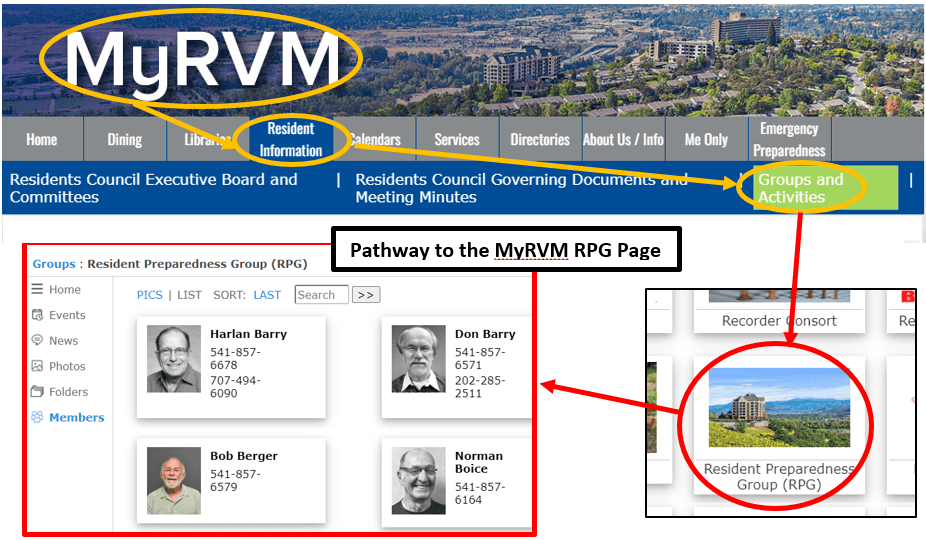
Finally, Preparedness continues to get easier. The first installment of the in-development RPG Manual has been posted (CLICK HERE), with instruction sheets for Food, Water, Medical and Sanitation, as well as supporting and background information. Check it out – more is coming soon.
We hope you’re impressed, and not just by the classy vests. RPG always needs volunteers, both coordinators and organizational support volunteers. Contact your Area or Building Coordinator, or Bob Berger, RPG Chair.


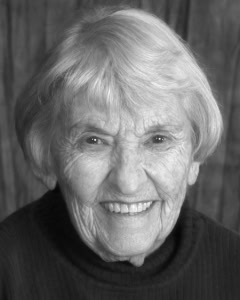
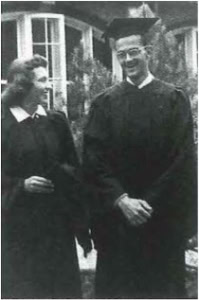 sense of humor and known to be extremely honest. He met his wife, Lorna “Laurie” McCleary, at Grinnell, and together they raised four children, two boys and two girls. Laurie’s degree was in chemistry, and according to several sources, she did better than he did at academics. He said he wasn’t as good at finishing the homework. They attended the University of Iowa and the University of Chicago, and then both worked on the Manhattan Project in Chicago and then again in Oak Ridge, Tennessee, helping to develop the atomic bomb.
sense of humor and known to be extremely honest. He met his wife, Lorna “Laurie” McCleary, at Grinnell, and together they raised four children, two boys and two girls. Laurie’s degree was in chemistry, and according to several sources, she did better than he did at academics. He said he wasn’t as good at finishing the homework. They attended the University of Iowa and the University of Chicago, and then both worked on the Manhattan Project in Chicago and then again in Oak Ridge, Tennessee, helping to develop the atomic bomb.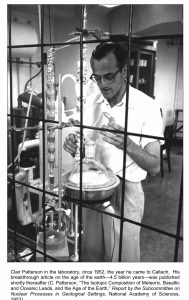
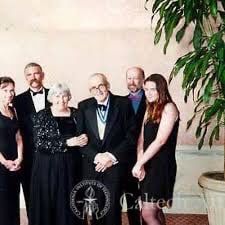
 April 17 — Campus wide Easter Egg Hunt! Hundreds of plastic Easter Eggs will be stuffed with goodies and hidden all over campus. The festive search starts April 17 and goes on until every last one is found or hatched.
April 17 — Campus wide Easter Egg Hunt! Hundreds of plastic Easter Eggs will be stuffed with goodies and hidden all over campus. The festive search starts April 17 and goes on until every last one is found or hatched.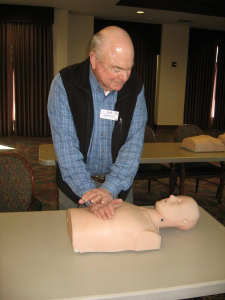
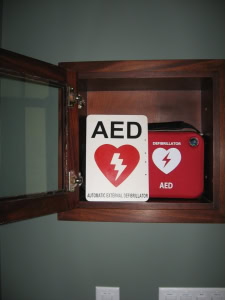
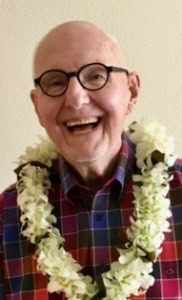
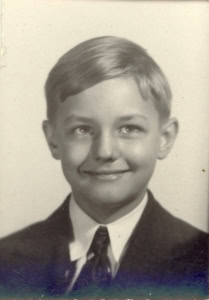
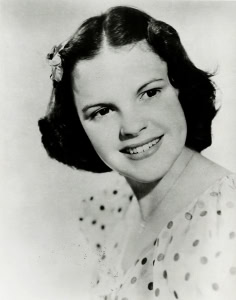

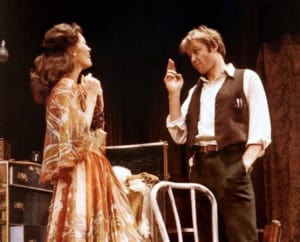

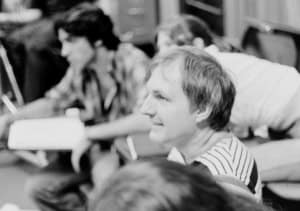
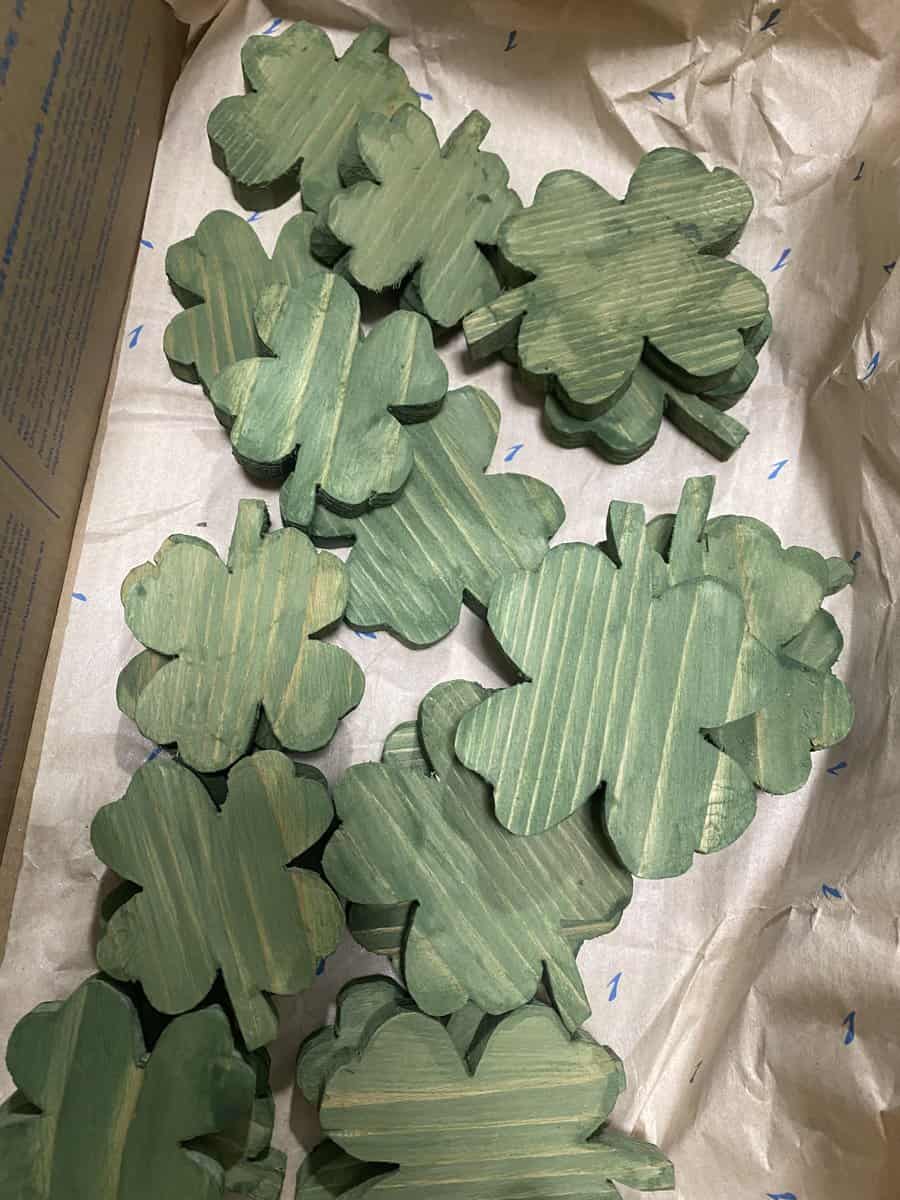 March 1-18: Sure, and Sarah O’Karnatz and her merry band of Leprechauns are working to make your St Paddy’s day a memorable one Chief Woodworker Leprechaun Bob has created a field of lucky shamrocks and the cunningly devious Leprechaun Annabel has concealed them around campus. If you find a lucky shamrock, take it to the O’Karnatz O’Ffice, and be rewarded with your pot of gold! Or, whatever.
March 1-18: Sure, and Sarah O’Karnatz and her merry band of Leprechauns are working to make your St Paddy’s day a memorable one Chief Woodworker Leprechaun Bob has created a field of lucky shamrocks and the cunningly devious Leprechaun Annabel has concealed them around campus. If you find a lucky shamrock, take it to the O’Karnatz O’Ffice, and be rewarded with your pot of gold! Or, whatever.
 Wildlife Safari, in Winston OR, has two black swans, but they are unable to fly and are accounted for. Replying to an inquiry from Sharon Troxel, Dan Brands, Wildlife Safari curator, echoed Wikipedia’s idea of escapees: “They are a common animal on many farms so it is probably a bird from the local area.”
Wildlife Safari, in Winston OR, has two black swans, but they are unable to fly and are accounted for. Replying to an inquiry from Sharon Troxel, Dan Brands, Wildlife Safari curator, echoed Wikipedia’s idea of escapees: “They are a common animal on many farms so it is probably a bird from the local area.”